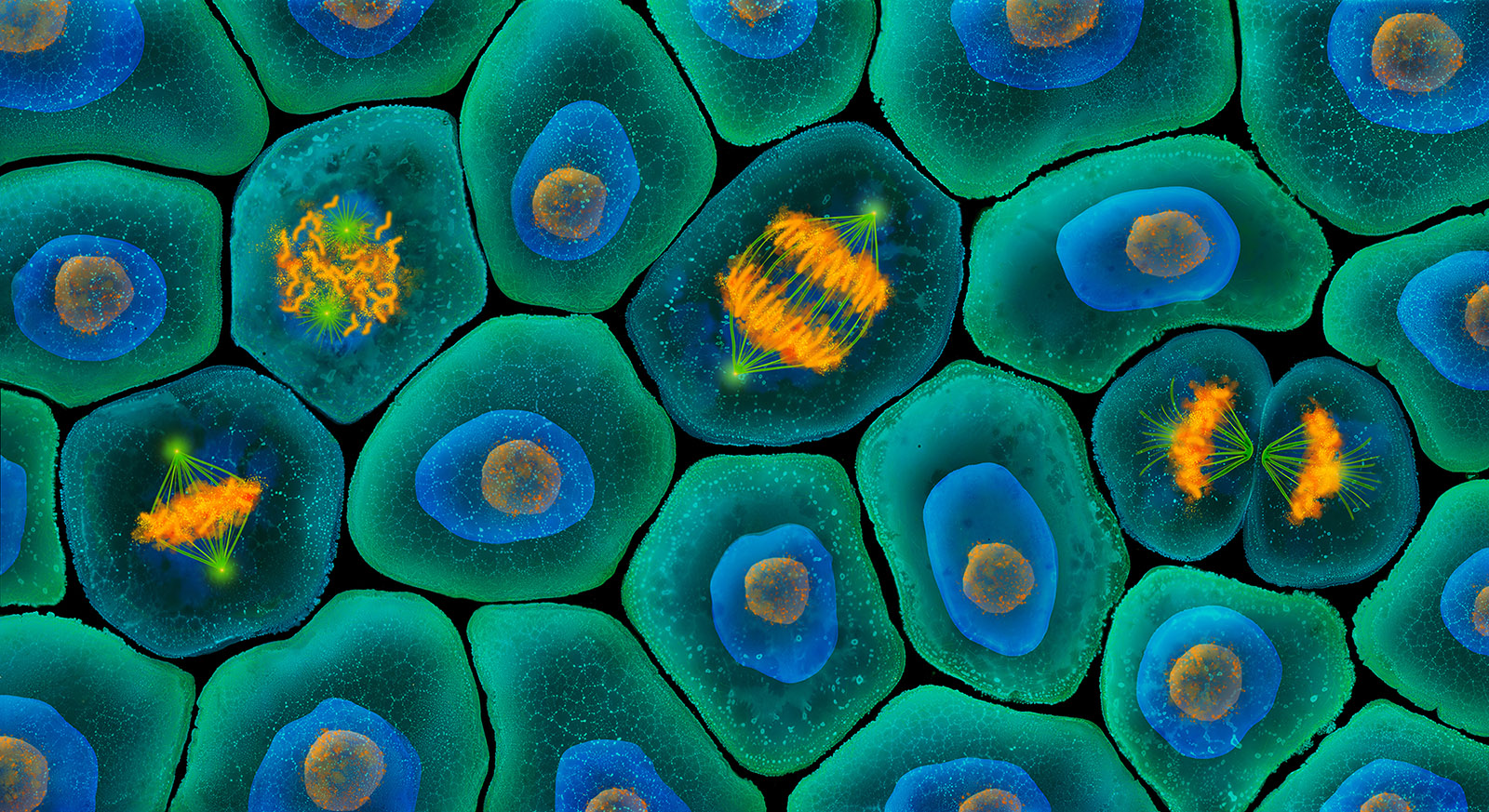Member Profile: Allison Bruce
What got you inspired to be a photographer/illustrator? Tell us about your career path.
I am a scientific Illustrator/designer (A. K. Bruce Design) and grew up with a love of both science and art. After receiving my bachelor’s degree in chemistry from UC, Davis, and working at an environmental lab, I was completely stressed and unhappy. I found I badly needed a creative outlet. I began learning Adobe Illustrator and Photoshop and took art classes at night. At the time I had no conscious intention of connecting my art with science, or even thought it could be an option until a friend saw a job listing at a biotech company. Their graphics group was looking for a graphics specialist to work with the research department. I was initially hired as a temp, and have worked as a scientific illustrator ever since. My clients include pharmaceutical, biotech, and academic organizations.
What is most rewarding about your work?
The best thing about my job is working with scientists who are always appreciative of my skills. They need to show and explain their work to so many people: co-workers, colleagues, patients, and the general public, and I love that I can help them to do that. It is a big deal to get a paper published or present at a conference, and if I can make their work shine, then I shine a little too.
Where do you find creative inspiration when work begins to feel routine? What motivates you to continue in your line of work?
To clear and open my mind, I try to “escape”, at least once a month to take a long walk, or visit a new neighborhood, gallery, or museum, although sometimes it’s tough to break away.
Visually, much of my inspiration comes from color combinations found in nature and all types of organic shapes. Everything from flowers, tree branches, and sea creatures, to fireworks, and soap bubbles can spark fresh ideas for me. I also routinely find inspiration in fine art, especially abstract expressionism.
I’m motivated every day by the idea of creating something unique, and contributing in my way to scientific understanding.
What technology/software/gear do you use? Are people skills as important as technical skills in your line of work?
I work on a MacBook Pro and iPad and use Adobe Creative Suite, Microsoft Office, PyMOL, and Prism GraphPad. For traditional media, I use Alcohol inks and graphite. I definitely believe that people skills are at least as important as technical skills, especially since I am a one-person-shop and work directly with clients.
Do you have special interests outside of work? Do you do photography outside of work?
Believe it or not, outside of work, I still love to create. I love photography, and have recently taken a pottery class and I am definitely planning to continue.
Pictures always tell a story. Please include some examples of your favourite images and tell us a little bit about them.

Mitosis
One of the main characteristics defining cancer is the presence of abnormal cells dividing without control, a major focus of cancer research. This image illustrates several stages of cell division or mitosis, a process of nuclear division in eukaryotic cells that occurs when a parent cell divides to produce two identical daughter cells. The stages illustrated here include interphase, prophase, metaphase, anaphase, and telophase. Commissioned artwork created for a newly re-designed corporate lobby space. Won BioImages 2022 Best in Show and a Premier Award in the Natural Science Illustration category.

T Cells Fighting Cancer
Through a variety of mechanisms, cytotoxic T cells (blue) are able to distinguish cancer cells (red) from non-cancer cells by specific markers on their surfaces. The T cell, after recognizing a target cancer cell, delivers a mixture of toxins (yellow) to the cell. The chemical perforin punctures the cell membrane, and then granzyme induces apoptosis (cell death). The killer T cell then moves on, ready to fight again. This was a personal project - I wanted to experiment with different painting techniques and how they mesh with Photoshop techniques. It was chosen to be part of the Images from Science 3 Exhibition in 2019.
 Kuzuoglu-Ozturk et al., Cell Reports, v35 n13
Kuzuoglu-Ozturk et al., Cell Reports, v35 n13
Kuzuoglu-Ozturk et al. perform a genome-wide CRISPRi screen in cells expressing Myc and Ras to identify synthetic lethal partners of the major cap binding protein, eIF4E, that sustain cancer cell viability. They identify several functional connections between eIF4E, depicted in the cover image as a hub, and the key cellular processes, depicted as different constellations of organelles. Each connection represents new cancer-specific vulnerabilities. The concept for this illustration came from flying over cities and towns at night. I always thought they looked like little jewels all lit up.
